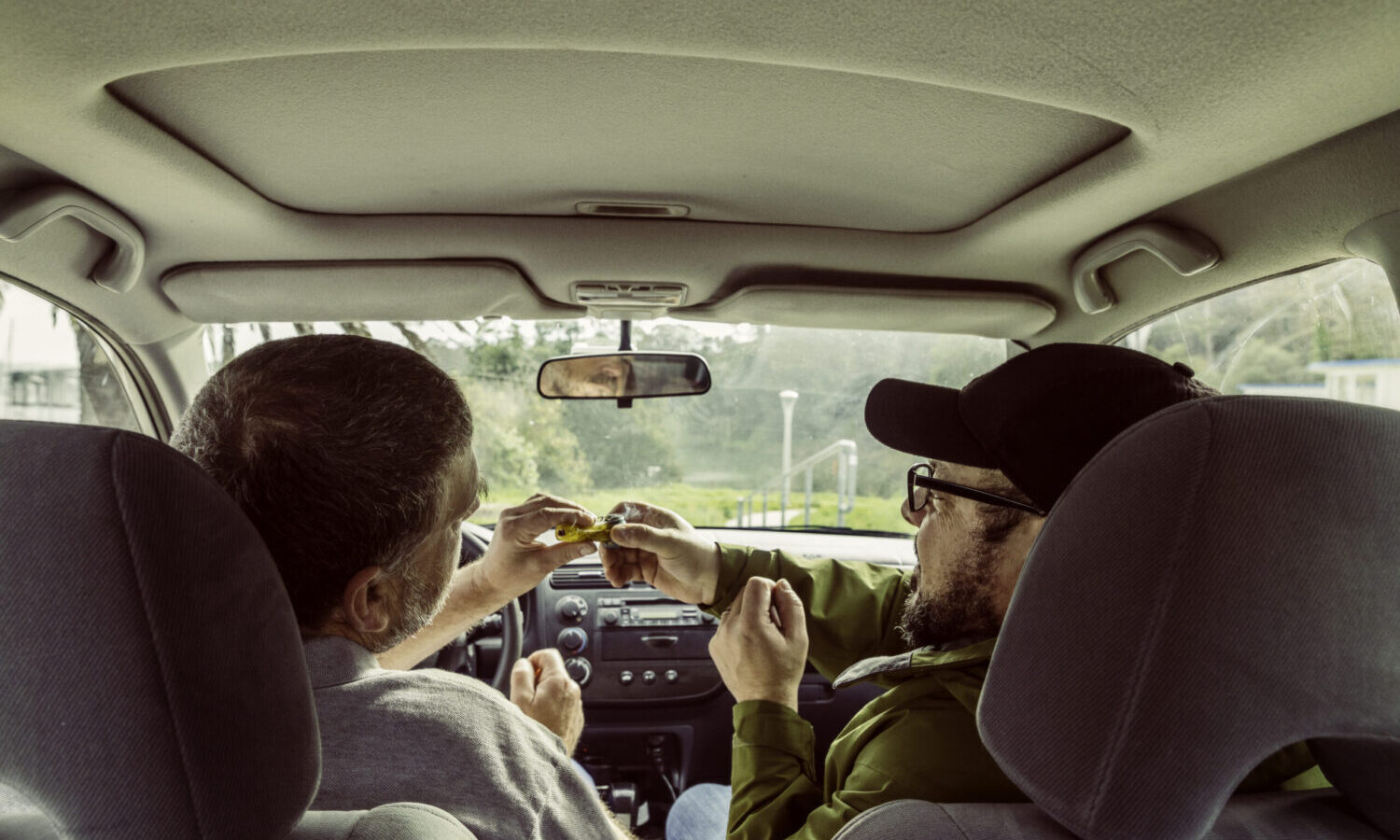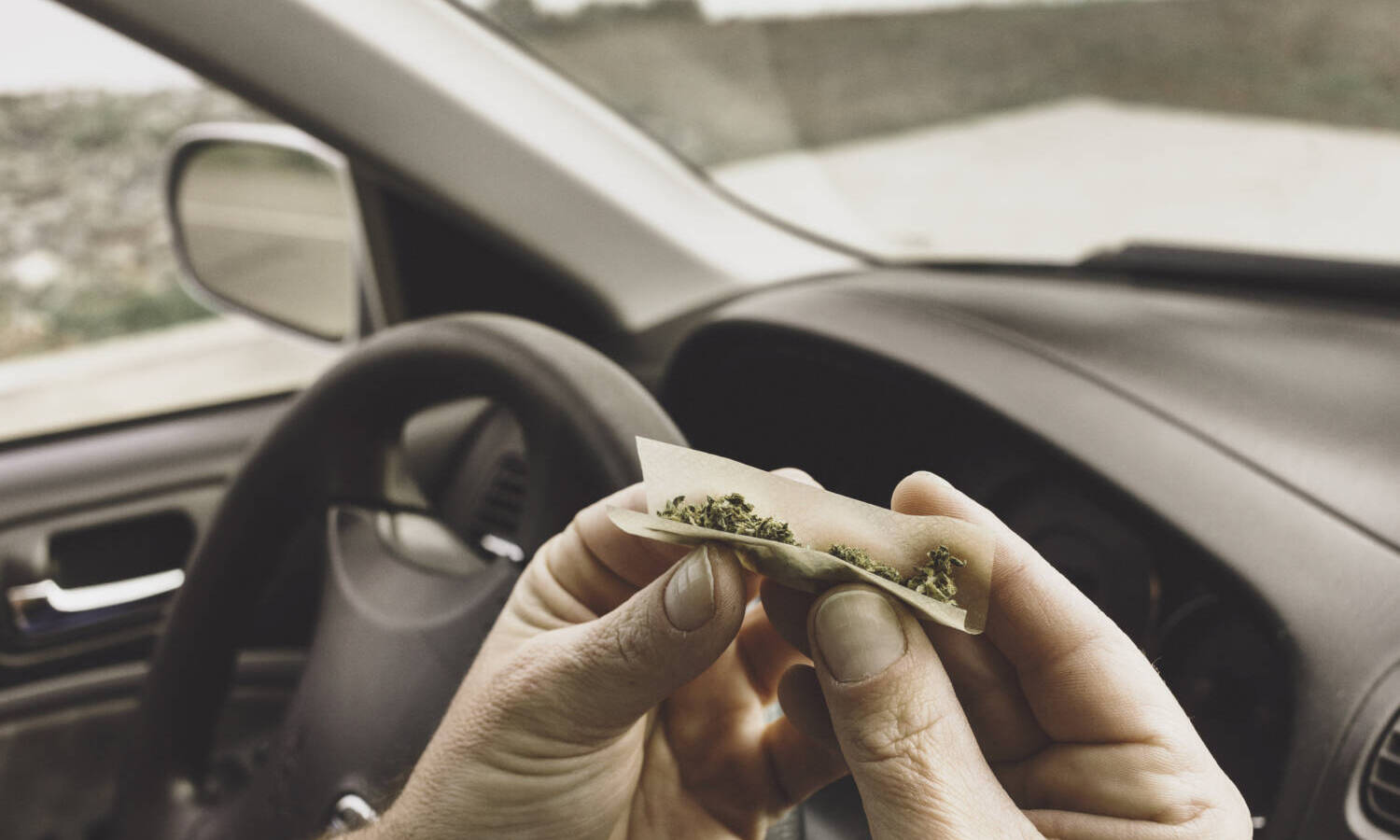
What New Federal Investments In THC Breathalyzers Mean For The Future Of Testing
As marijuana becomes legal and regulated in many states, law enforcement often struggles to keep up with the times. There’s definitely a learning curve when something that was illegal suddenly becomes legal, and that’s especially true with marijuana. In fact, it remains difficult to determine in court whether someone is under the influence of cannabis.
Comparing curbside alcohol testing to marijuana testing, a 2019 report by the Congressional Research Service concluded, “Based on current knowledge and enforcement capabilities, it is not possible to articulate a similarly simple level or amount of marijuana use and corresponding effect on driving ability.”
Alcohol testing is fairly easy, and this makes it easy to enforce drunk driving laws. The use of precisely agreed alcohol levels with accurate testing instruments has made the law easy for citizens to obey and for police to enforce it. However, cannabis is already proving to be a far more complicated substance to test. It’s so complicated that the federal government plans to spend $1.4 million to study how marijuana compounds focus on breathing in hopes of developing a reliable breathalyzer.
Photo by Cappi Thompson/Getty Images
This to learn, known as “Breath Measurements of Acute Cannabis Use (BRACE): to Reliable Determination of Recent Use,” is the government’s latest attempt to quantify the extent of marijuana impairment. A new approach taken by this study is to accurately measure cannabis on breath. “To solve the challenges of determining recent cannabis use from a single breath sample, we propose a paradigm shift: two breath samples a short distance apart.” The idea is that the change (large or small) in the two readings should be accurate could determine how recent cannabis use was. However, this is a new concept and has yet to be considered legitimate.
RELATED: A new study suggests an effective replacement for marijuana breathalyzers
The fact of the matter is, alcohol and cannabis just don’t react the same way with the human body, meaning testing for THC in the same way may never be as effective as those in power would like it to be. “We’re applying the alcohol laws to a substance that doesn’t live up to them,” said Nick Morrow, a retired drug enforcement officer with the Los Angeles Sheriff’s Department said CNN. While it’s normal to want to test people for marijuana in the same way as they do for alcohol, especially when you’re traveling, they’re really two different breeds, which is why that $1.4 million investment might seem like a lot of money for a breathalyzer, but really it’s a drop in the bucket – and a long shot.
Another aspect that differentiates cannabis from alcohol is the fact that it affects people differently. That means if you give someone multiple shots, their motor functions will almost certainly change. Cannabis has different effects on people and sometimes affects the same person differently depending on a variety of factors. This means that the standard field sobriety tests used to detect drunk driving don’t carry the same weight when it comes to cannabis. “You could well have people under the influence of marijuana who had poor physical coordination,” Colorado attorney Chris Halsor said to Discover magazine regarding cannabis sobriety testing. “And you could also have people who were really excited and could hit you.”
 Photo by JasonDoiy/Getty Images
Photo by JasonDoiy/Getty Images
Another variable at play is the theory that blood and saliva may not be accurate tools for measuring the level of marijuana intoxication in general. A 2021 University of Sydney study suggests that blood and saliva are not reliable tools to test for marijuana impairments. This is the result of a recent study by the University of Sydney, blood and oral fluid THC concentrations are relatively poor or inconsistent indicators of cannabis-induced impairment. If more studies suggest the same thing, then even the most accurate THC breathalyser may still not be an accurate tool for deciding whether or not a person is under the influence.
If the University of Sydney study is any indication, testing for marijuana intoxication will likely have a long and difficult road to proving definitive. Still, this latest study and its fresh approach to multiple measurements is a unique look at how cannabis intoxication might present on a person’s breath.
Even with sophisticated and accurate gear, there’s likely to be a lot of litigation about how legitimate the gear is. Combined with a lack of federal guidance to guide the states, there can even be wildly different laws and testing methods depending on which state you’re driving in – so buckle up, this can be a bumpy ride.

Post a comment: